Tokaj Diversity: World class Aszú, fantastic dry whites & sparkling wines
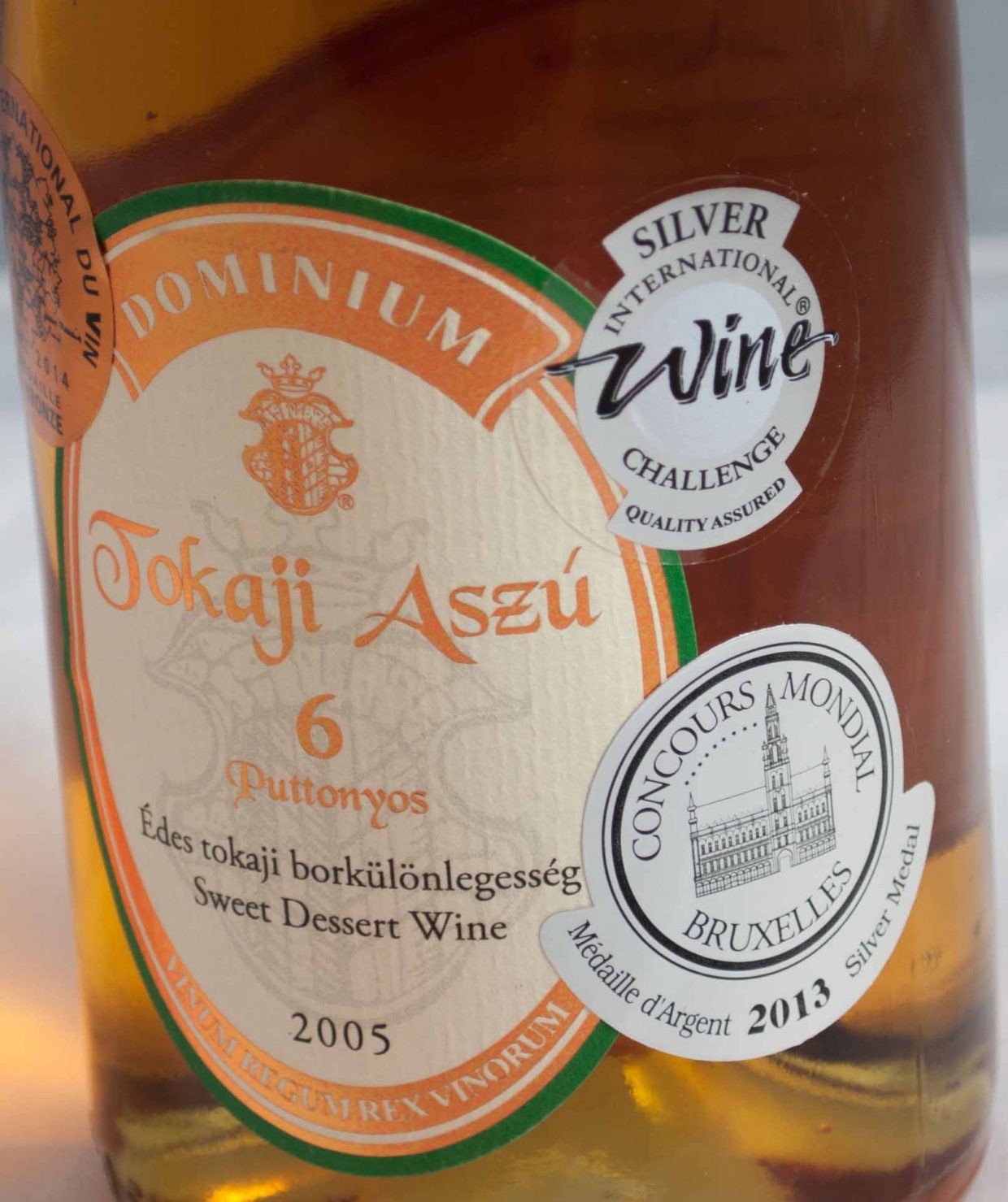
Tokaj or Tokaji?
Generally speaking Tokaj refers to the town and/or to the wine region itself, hence people think of the place, but if it is spelled Tokaji, they refer to the wine, which is produced in the region of Northeastern Hungary.
Why is Tokaj So Special?
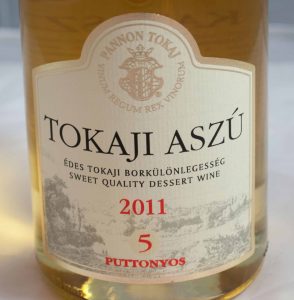
Tokaji Aszú

Tokaji Aszu 5 Puttonyos
There are many reasons why Tokaj and its wine, Tokaji are special. Perhaps one of them is the very long history of the area. Tokaj was first mentioned in writing back in the 13th century. The first writing of the ASZU (sweet) wines dates back to 1571, by many it is reckoned the first noble sweet wine of the world. It was also one of the first wine regions, which got demarcated (1737) classification of vineyards, have been set up even earlier.
The wines were loved throughout Europe, appreciated and enjoyed by the royal courts of the continent. In Russia or Poland special trading commissions were set up in order to purchase the finest Tokaji wines. It has been part of the UNESCO World Heritage since 2002.
Yet there is much more: diverse soils, loess and a number of different volcanic (tuff, andesite, basalt, rhyolite, zeolite, various clays) soils, which add to the character of the wine. Not to mention the particular micro- and mesoclimate, which is also responsible for the noble rot (botrytis cinerea) and therefore for the regions greatest sweet wines as well. And last, but definitely not least the people, who make it all possible.
What Styles of Tokaji?
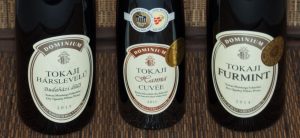
Tokaji wines
The wines of Tokaj are almost as diverse as the soils of the region.
Sparkling wine, made by the traditional method, is gaining momentum and several producers craft amazing fizz with a distinctive touch of Tokaj.
Dry wines, in particular FURMINT and HARSLEVELU, as well as blends from these two varieties mainly, prove, that the region also has potential in dry white wines. Several single vineyards on the higher elevations with rocky soil are rediscovered by the producers and results prove, that serious wines can be made here.
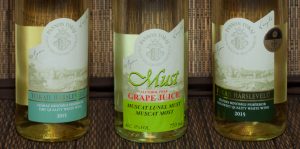
Tokaji wines
Tokaj wines however, has also a gentle side with the earlier mentioned varieties, as well as MUSCAT LUNEL (Sárgamuskotály in Hungarian). Crisp, fresh acidity, fine fruit with a certain touch of “minerality” and depending on style, medium to full-bodied white wines.
While Furmint tends to be more neutral, sharing quince like aromas, Hárslevelű offers more fragrance of lime tree notes, but always stays delicate, yet not fragile.
How to Understand the Label?
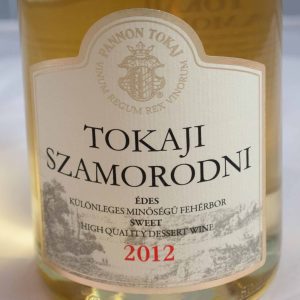
Tokaji Szamorodni Sweet
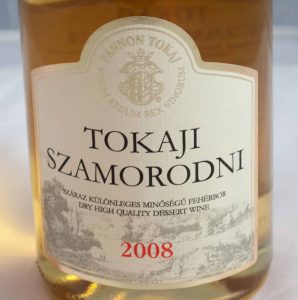
Tokaj Szamorodni Dry
If the variety is mentioned on the label, it is pretty much straight forward. The term “száraz”, means dry in Hungarian, while “édes” stands for sweet.
Beside the above mentioned sparkling and dry wines with or without vineyard designation there are a number of other “styles” and wine types, which are produced.
One of the most famous is SZAMORODNI (means as it was born/grown in Polish), it can be produced dry or sweet, healthy and botryis (aszú) berries are picked and processed together. Dry szamorodni can have a certain tangy, floor, yeasty, nutty character.

Tokaji dessert wine
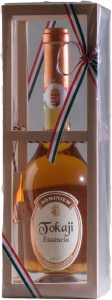
Tokaji Essence
Some other specialities are: FORDITAS (turning around in Hungarian: the pressed aszú pastry is soaked in wine or must) and MASLAS (copying in Hungarian: the marc of aszú or szamorodni is soaked in wine or must). Don´t worry, if you get lost with these two, since they´re not very common these days, but part of the “special wines of Tokaji”.
The sweetest and the rarest of all: ESZENCIA is pretty straight forward, the free run juice of the botrytis, shrivelled aszú berries (without pressing, just gravity), after long and slow fermentation it reaches very low alcohol, high acidity and high natural sugar (minimum 450 g/l).
What Grape Varieties are Permitted?
Only 6 varieties are allowed: Furmint, Hárslevelű, Kabar, Kövérszőlő, Muscat Lunel (Sárgamuskotály) and Zéta.
How is Tokaji Aszú Produced?
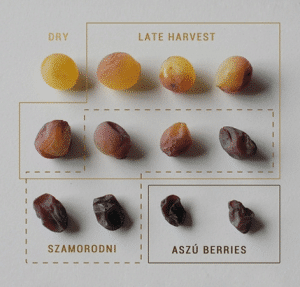
Tokaji Aszu Berries
This is something very special and unique to the region itself. On one side you need the shrivelled aszú berries, affected by botrytis on the vines (noble rot), then use from the same vintage either must, fermenting must or wine, in which you will soak the aszú berries. In the past, this was measured by so called puttony (basket 25-27 kg) number.
The higher (from 3 to 6) the number was, the sweeter and concentrated the wine was, since the amount of must or wine, in which one soaked the aszú berries, stayed always the same, a gönci barrel (136 liters).
The principle stays the same today as well, yet with the 2013 vintage the puttony number got abolished, or to be precise it is not mandatory to be used and by law producers are only allowed to craft wines with a minimum of 120 g/l natural residual sugar (which is equivalent of the 5 puttonyos). This means, only those aszús are to be produced from the 2013 vintage, which fit the 5 puttonyos criteria and above in sugar level, richness and density. It is forbidden to increase the alcohol content, add artificial sweetness, adjust acidity and all wines have to be bottled within the region.
Today around 80 producers make aszú wines, all together 1-2 million bottles depending on the vintage, this makes only 5-10% of the total wine production of Tokaj. Aszú wines are unique in the world of wine, not only because of their history, but also because of their style. Harmony and balance between freshness and richness, complexity of sweetness, as well as an almost never-ending finish are typical for them.
